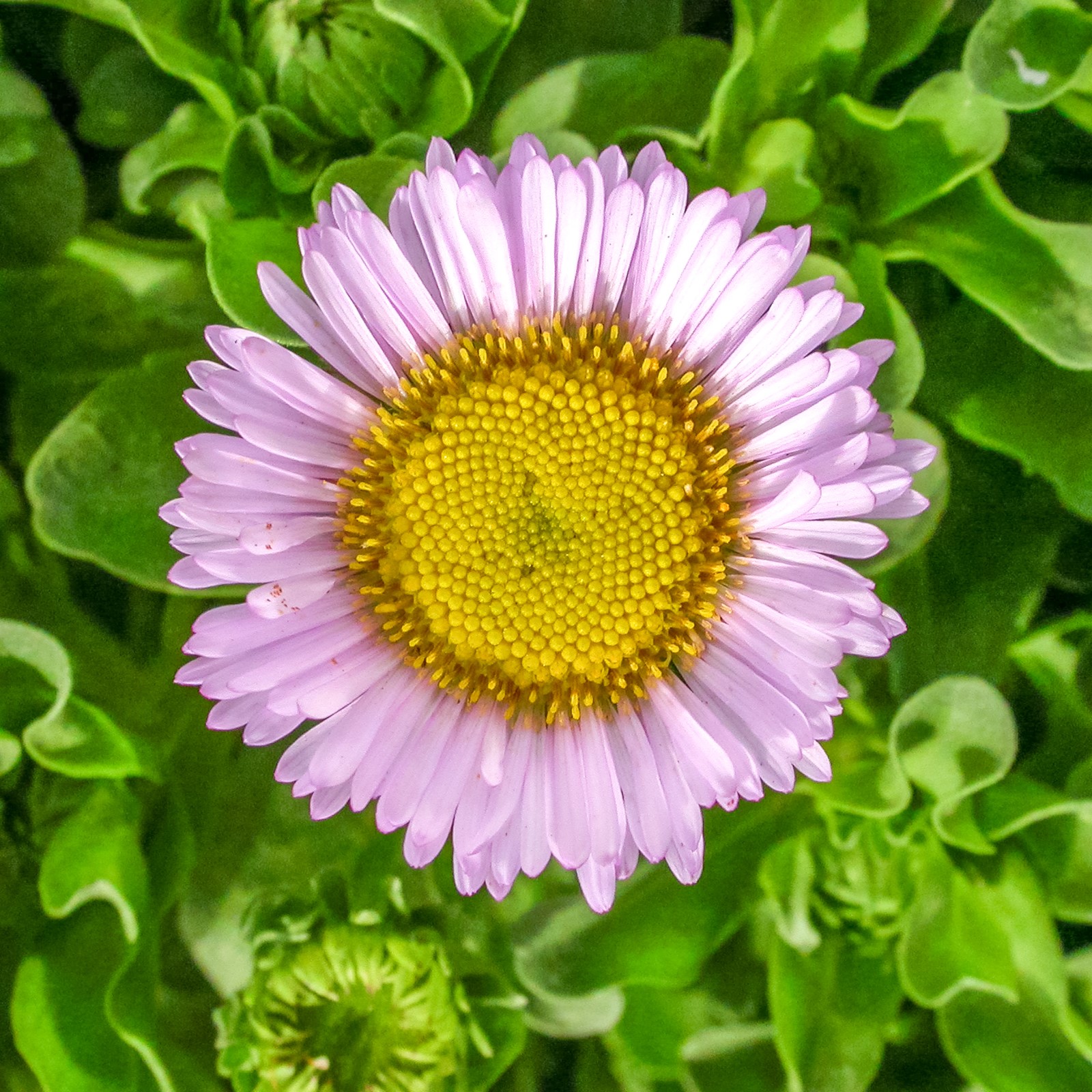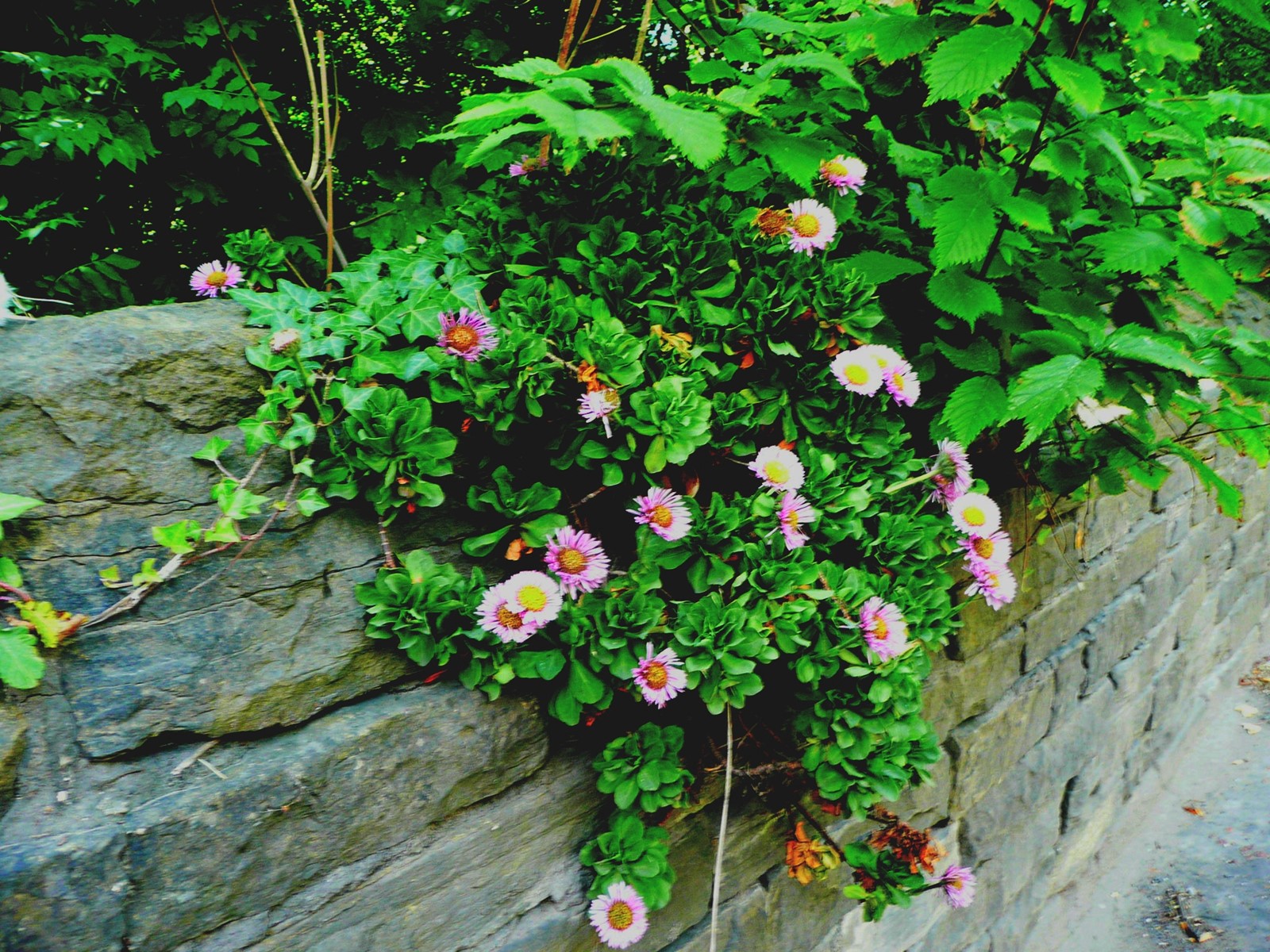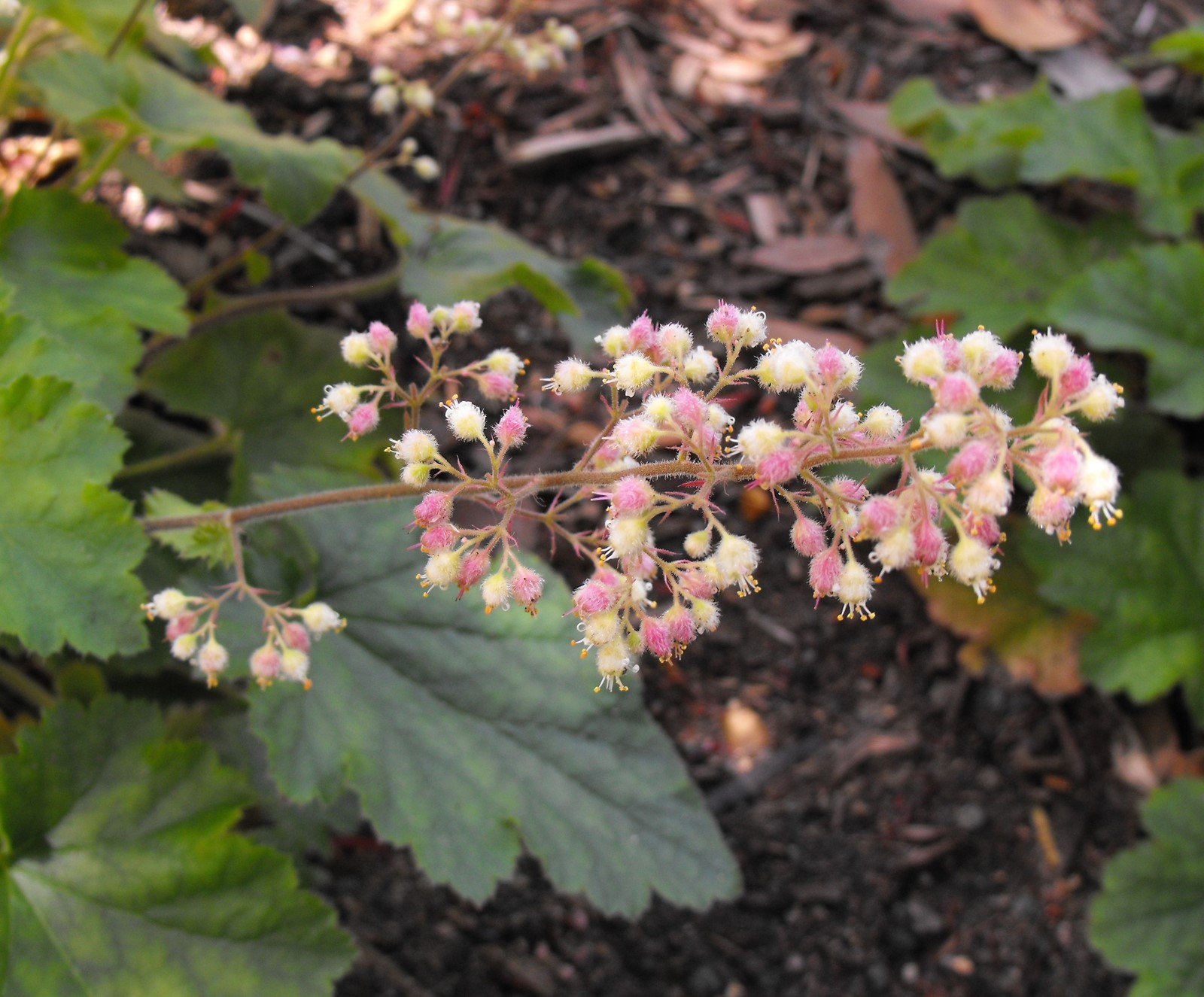


Definition
A rock garden is a garden, or more often a part of a garden, with a landscaping framework of rocks, stones and gravel, with planting appropriate to this setting. It’s also known as a rockery or rockwork. Natural rock gardens are based on existing rock formations, while landscaped gardens have been developed with imported materials.
Brief history of rock gardens
The conceptual roots of rock garden styles include the ancient Asian dry gardens, often referred to as Zen gardens. These are forms of landscaped gardens, featuring a few large rocks and gravel over most of the surface, typically raked into patterns and often with no or very few plants.
Another, even earlier root is the natural alpine garden, in which many different plant species (perennial grasses, sedges, forbs, cushion plants, mosses and lichens) grow in the harsh conditions of alpine tundra, above the tree line.
Contemporary rock garden landscaping originated in the British Isles during the 19th century, inspired by British gardeners who admired the alpine plants of Europe. Over time, they gained the knowledge and techniques to cultivate similar smaller plants for landscaped rock gardens in various climates.
Several of the world’s botanical gardens feature expansive rock gardens. An impressive model in the Monterey Bay area is the Australian Rock Garden at UC Santa Cruz’s botanical garden, which I wrote about three years ago (see tinyurl.com/52wae652).
We can find smaller versions of this style in domestic gardens, most commonly as part of a larger landscape design.
The art and appeal of rock gardening
Rock gardening is a rewarding practice that combines aesthetic landscaping with the cultivation of usually smaller plants. Gardeners apply the rock garden style to create intimate scenes, developing a deep understanding of the plants they nurture. The style combines creativity and horticultural challenge, appealing to plant collectors and gardening enthusiasts. Developing and maintaining a domestic rock garden involves generally light work and a leisurely pace, making it an enjoyable activity.
Today’s image gallery
A rockery within a domestic garden can include any plant selection of the gardener’s interest. Many Monterey Bay area gardeners favor California’s locally native plants because they’re well adapted to the local climate, easy to cultivate and appealing to wildlife as food sources. Our image gallery includes native plants appropriate for most rock gardens.
Selecting the site
Ideal sites for rock gardens include slopes, mounds and valleys; however, gardeners can also utilize flat areas. Other selection issues include contour, drainage and soil texture compatibility with chosen plants. The site should be easily accessible to the gardener and visible to garden guests.
Selecting rocks
Rocks for a local rock garden are best chosen from those that are naturally occurring in the area.
The Santa Cruz County environment includes all three kinds of rocks: igneous, metamorphic and sedimentary. Many drought-tolerant plants, including California natives and other Mediterranean plants, naturally grow in porous substrates.
Hard rocks, like granite, work well as paving stones or edgings, while porous sedimentary rocks, such as limestone, are preferred for promoting plant growth.
Limestone, composed of calcium carbonate, has high porosity and works well to store moisture, allow roots to penetrate, accumulate organic matter and moderate temperature fluctuations. Limestone was mined long ago in the Santa Cruz region and would be a fine natural choice for a local rock garden.
‘Planting’ rocks
The garden designer should place with natural spacing. Avoid any uniform distribution. Generally, they should not be laid directly on the earth or stacked, and they would look most natural when partially set into the soil.
Varied sizes of rocks would also reflect a natural setting. When the gardener installs rocks on a slope, note that the imagined years of erosion would have tumbled smaller rocks downhill, leaving larger rocks unmoved.
The arrangement of rocks should support a sense of stability and connection, enhancing the overall aesthetic. The goals are to resemble a natural formation and satisfy the gardener’s vision.
Selecting and installing plants
As already suggested, selecting California native plants would yield good results. The gardener could search calscape.org to list plants of personal interest. For example, we searched the site using filters for shrubs, perennials, full or partial sun, groundcovers and plants native to ZIP code 95060. That search produced a list of 45 plants to consider.
Another example: we searched ChatGPT with the prompt, “California native plants for a rock garden in the Monterey Bay area.” This generated a completely different list of 19 plants: 10 for full sun, five for partial shade and four for full shade.
For the most natural appearance, consider selecting species plants, avoiding hybrid cultivars.
Planting is best done in the fall, allowing for settling, weed control and irrigation from seasonal rains.
Maintaining the rock garden
Routine maintenance of the rock garden, like all gardens, includes weeding, watering and seasonal cleanup to promote healthy growth.
Propagation will maintain a healthy stock of rock garden plants. Propagation methods include division of mat-forming and clump-forming plants, and cuttings can be used for rapid increase when divisions are not available.
Cuttings require specific care to develop roots successfully, including maintaining moisture and providing protection from direct sunlight.
For patient gardeners, raising rock garden plants from seed can be a challenge, requiring careful attention to soil mixes, maintaining uniform moisture and monitoring germination time.
Cultivating young plants from seed, cuttings or divisions can be a rewarding endeavor.
Advance your gardening knowledge
Gardeners who build their knowledge through reading have access to valuable resources.
The North American Rock Garden Society has posted “Intro to Rock Gardening” with basic information; visit the site at nargs.org/faq/intro-rock-gardening">nargs.org/faq/intro-rock-gardening.
For more on this topic, browse the society’s website at nargs.org.
This is a free resource, and membership in the society provides access to even more extensive information
Amazon offers a variety of books on rock gardening. Here are two interesting selections:
Baldassare Mineo, the owner of Siskiyou Rare Plant Nursery, one of the world’s great sources of plants for rock gardens, is the author of “Rock Garden Plants: A Color Encyclopedia” (1999).
For ideas in designing your rock garden, Kaylee Velasquez presents examples in her book, “Rock Gardens: Collection of Garden Landscapes Featuring 40 Vibrant Images for Inspiration” (2024).
This week in the garden
Review your landscape for potential rock garden locations.
Enjoy your garden!
Tom Karwin is a past president of Friends of the UC Santa Cruz Arboretum and the Monterey Bay Iris Society, a past president and lifetime member of the Monterey Bay Area Cactus and Succulent Society, a Lifetime UC Master Gardener (certified 1999-2009), past board member of the Santa Cruz Hostel Society and active with the Pacific Horticultural Society and other garden-related societies. To view photos from his garden, visit facebook.com/ongardeningcom -566511763375123. To review the archive of recent On Gardening columns, visit santacruzsentinel.com and search “Karwin.” Go to ongardening.com to review columns from 2012-2020 (and soon) from 2025. Send comments or questions by email to gardening@karwin.com.


 PREVIOUS ARTICLE
PREVIOUS ARTICLE
